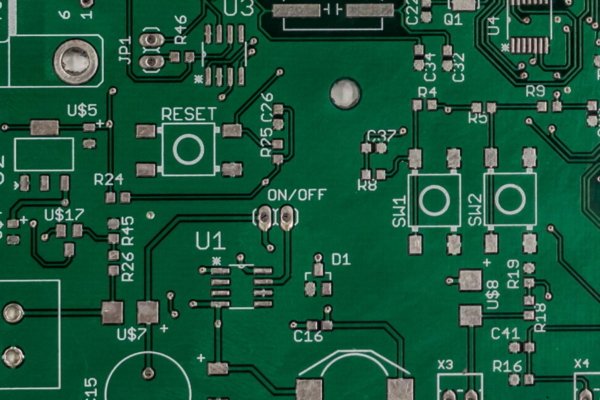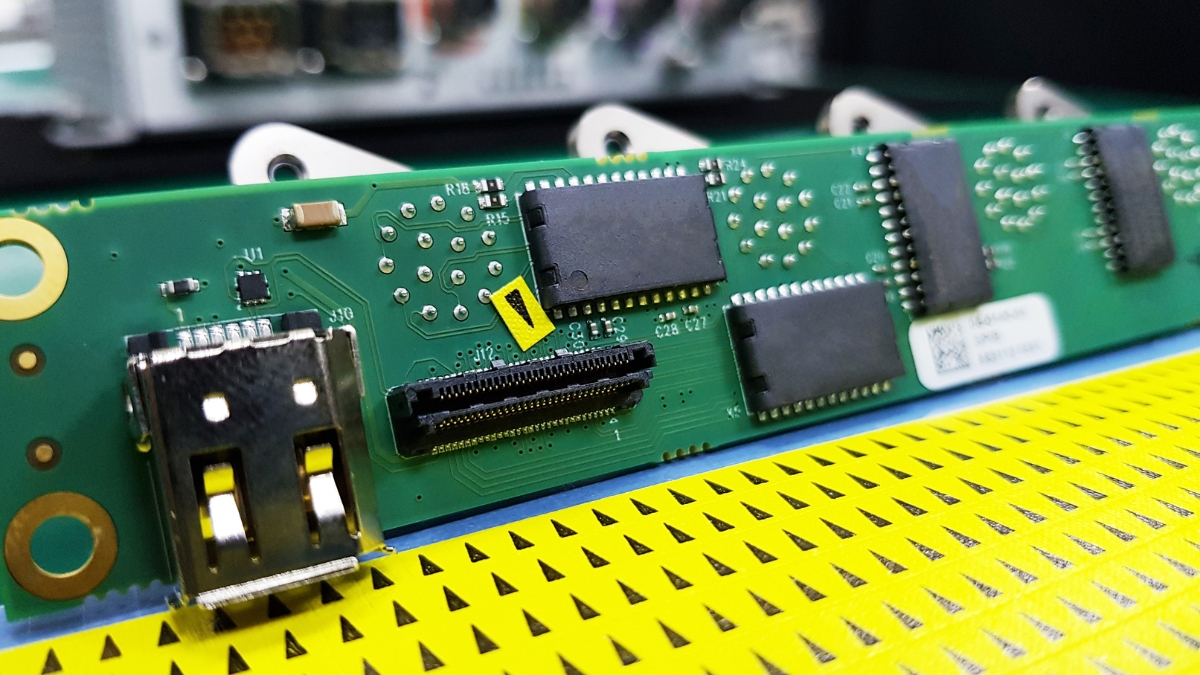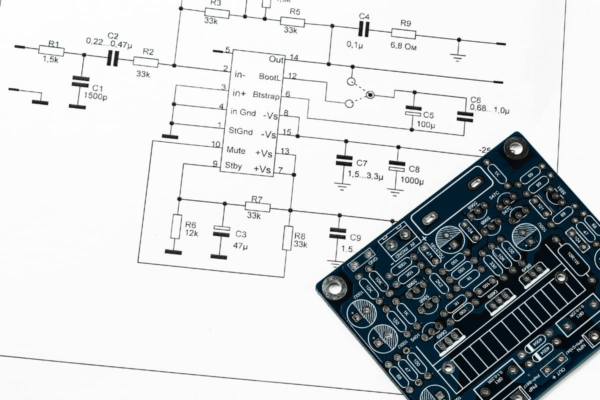What is Beveled Edge
A beveled edge in the PCB industry refers to the process of shaping the leading edge of a circuit board at an angle or slant. This is commonly done to facilitate the insertion of the board into a connecting device, such as an edge connector or a socket. The beveling process involves removing a portion of the PCB material from the edge, creating a sloping surface that allows for smoother insertion.
Beveled edges are often used on edge connectors, which are the parts of the PCB located on the edge and used for electrical connections. These connectors typically consist of metallic tracks that provide the electrical connection. By beveling the edge of the PCB, the insertion of the connector into a matching socket becomes easier and smoother.
Frequently Asked Questions
What Is the Purpose of Beveled Edge
Bevelling is commonly employed to smooth the edges of a structure for various reasons such as safety, longevity, visual appeal, or facilitating connection with another component. In the realm of design and construction, bevelling refers to making an angled cut.
What Are the Benefits of Beveled Edges
Beveled edges contribute to the long-lasting beauty of your hardwood flooring. By creating spaces between the planks, dirt and debris are prevented from accumulating directly on the surface, reducing the risk of scratches and maintaining the finish’s shine.





